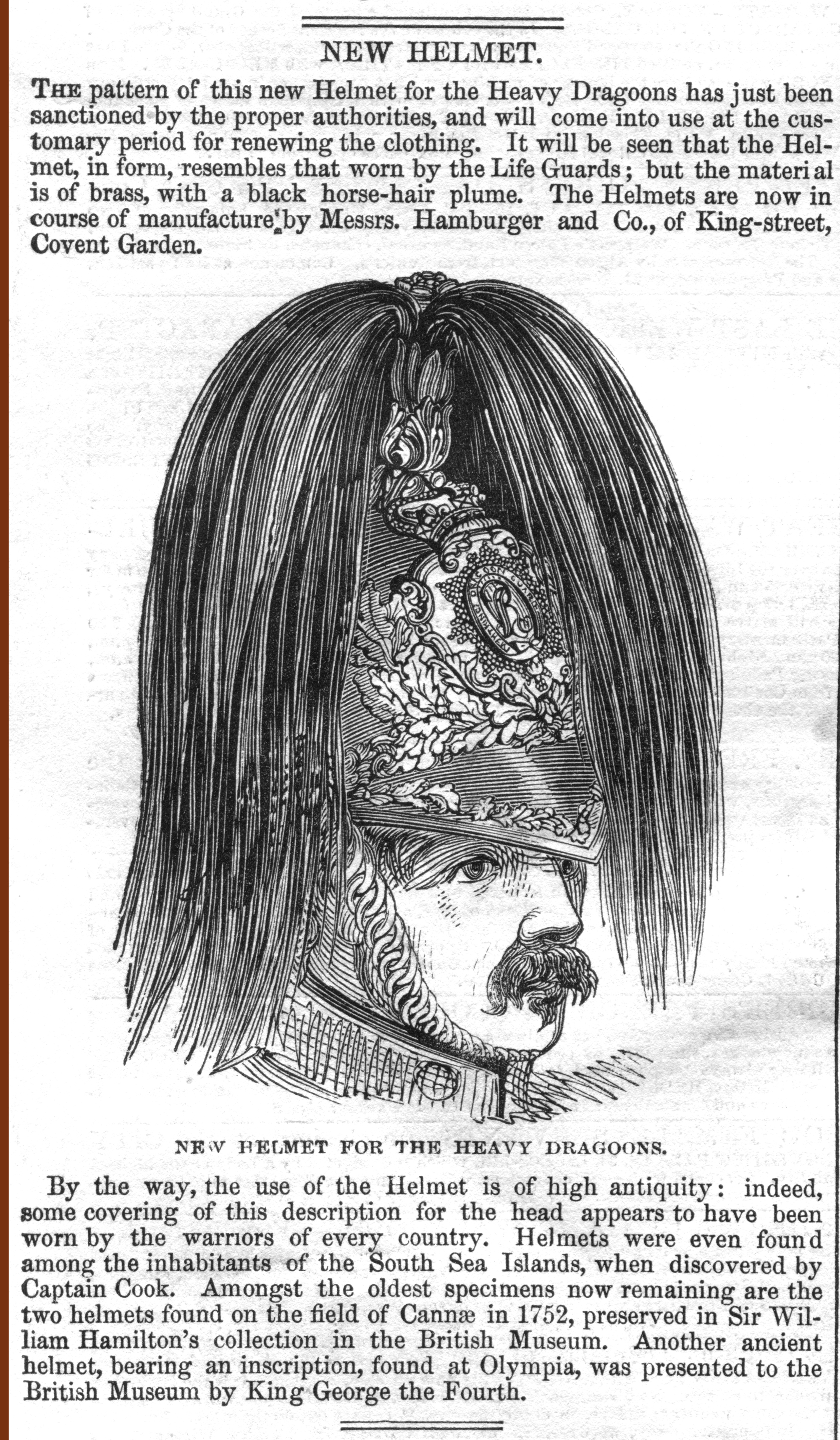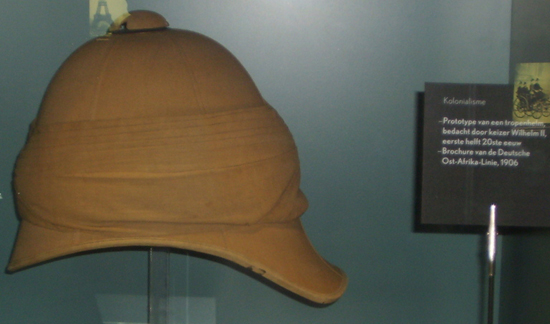
Figure 1. The crest of Christys’ of London; they have been producing hats for almost two and a half centuries. Underneath the Christys crest on this silk label is the name of the Canadian shop where this helmet was sold, Thorne Brothers occupied that address between 1880 and 1909 3. Behind the sticker can be seen the sheets of pith used to construct this helmet.
Christys’ & Co Ltd, established in 1773, are well known hatters who are still producing quality hats to this day. At the end of the 19th century they were the world’s largest headwear manufacturer. They have always been famous for producing best quality products, supplying Royalty since King George III’s reign, entitling them to use the royal crest on their logo. They are perhaps most famous for designing the Custodian helmet for the British police in 1863.




